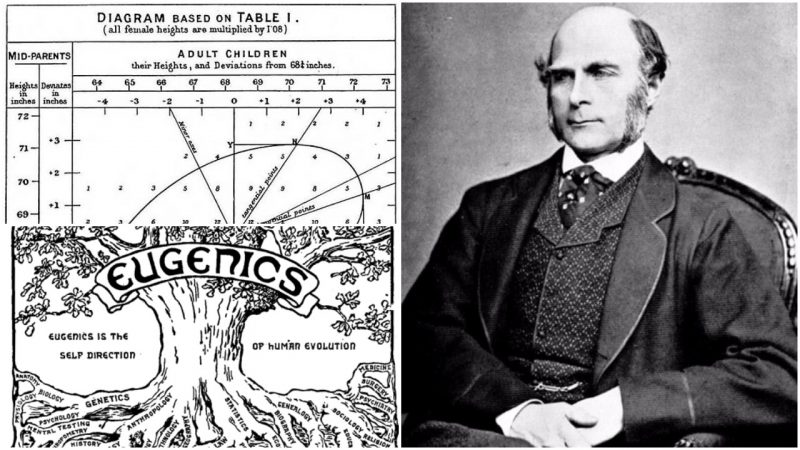Sir Francis Galton was born as a true Renaissance Man, at the same time being a statistician, sociologist, psychologist, anthropologist, eugenicist, geographer, meteorologist, proto-geneticist, etc.
Explorer and traveler in nature, this Victorian polymath was born on 16th February, 1822 and he was a half-cousin of Charles Darwin. They both came from eminent families and shared a common grandparent, Erasmus Darwin. The Galtons were notable for being successful bankers and manufacturers of guns; on the other hand, the Darwins were exceptional in medicine and science.
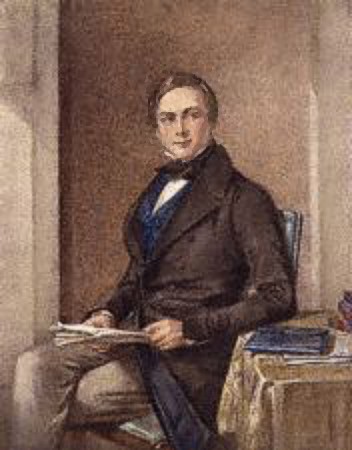
By many accounts, Galton was a child prodigy. At the age of two, he was already able to read; by five he understood some Greek and Latin, and at six, read Shakespeare just for fun and pleasure. Galton enrolled at the King Edward’s School in Birmingham but was rather irritated by the classical curriculum which was too narrow for him. He left school aged 16 and proceeded to study medicine; then, he devoted his time to maths at the Trinity College in Cambridge. A severe nervous breakdown disabled him in achieving an honors degree, and the loss of his father in 1844 left him devastated emotionally, though financially stable.
After the hectic period, Galton terminated the studies and went on to travel, play sport, and trying to invent. That was a rather good choice. In his early years, he traveled throughout Eastern Europe and to faraway countries like Egypt, Sudan, Syria, Lebanon, and Jordan.
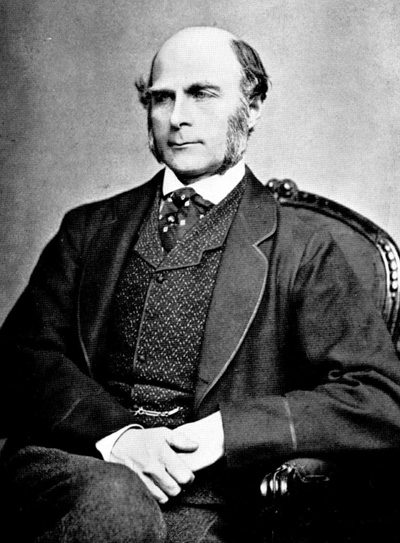
Over his lifetime, Francis Galton accomplished amazing things. He produced over 340 papers and books in various disciplines. Once a child prodigy, he was now the first person to create a functional statistical concept of correlation and regression toward the mean; the first to also apply statistical methods to the study of human differences and intelligence inheritance. For the purposes of the work, Francis introduced the usage of surveys and questionnaires to collect much-needed answers as per his anthropometric studies.
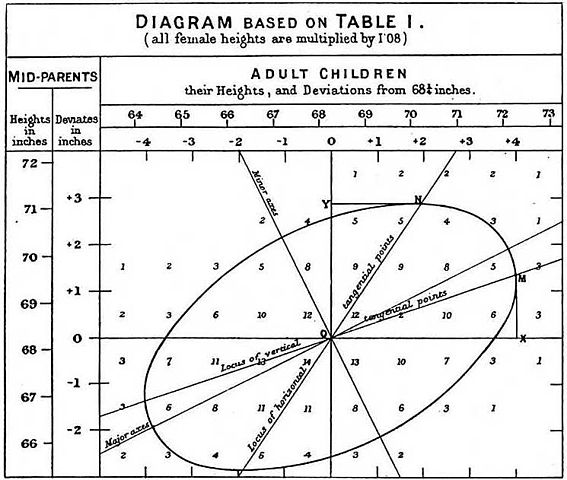
What’s even more fascinating is that Francis was a pioneer in eugenics, the practice that aims at improving the genetic quality among humans. It was Galton to coin the term himself, as well as the phrase “nature versus nurture”, where “nature” would regard the sense of nativism or innatism, and “nurture” the sense of how human traits are shaped by individual experiences.
His book Hereditary Genius (1869) was the first social scientific attempt to study the co-relation of genius and greatness. Deeply contemplating on the relationship between genius and insanity, for which he learned a lot from personal experience, Francis would note: “Men who leave their mark on the world are very often those who, being gifted and full of nervous power, are at the same time haunted and driven by a dominant idea, and are therefore within a measurable distance of insanity.”
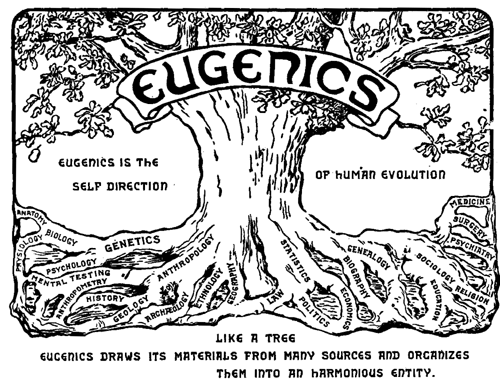
But that’s not all folks! The English polymath is the founder and initiator of a couple of more scientific disciplines. The research he did of the human mind, opened the doors to psychometrics, the science that measures mental faculties. He is also credited for differential psychology and the lexical hypothesis of personality. In regards to forensic science, it would not be the same if it wasn’t for his authentic and elaborate method of classifying fingerprints.
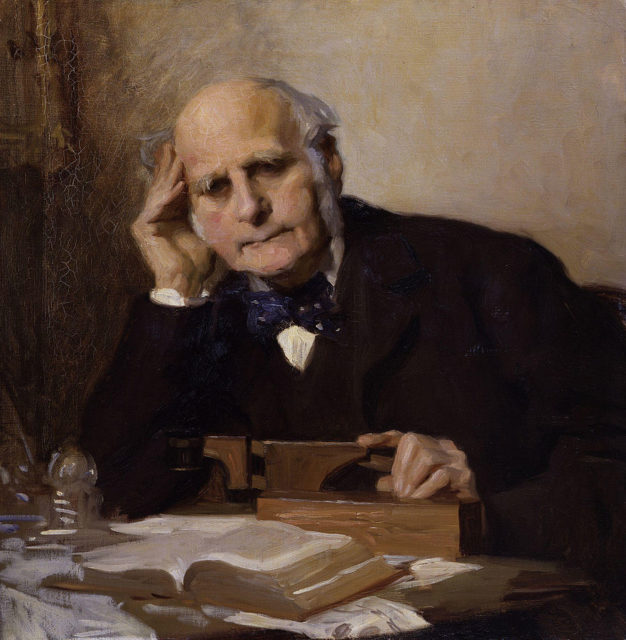
Galton was the first person to devise a weather map, propose a theory of anticyclones, and establish a complete record of short-term climatic phenomena on a European scale. That led to the birth of scientific meteorology.
Read another story from us: The first theory of evolution is 600 years older than Darwin
Finally, his name is also behind the Dog Whistle, which emits sound in ultrasonic ranges. He invented that one as he was, of course, testing a differential hearing ability. The direction of his research oftentimes took strange paths, but it always resulted with something ground-breaking.
